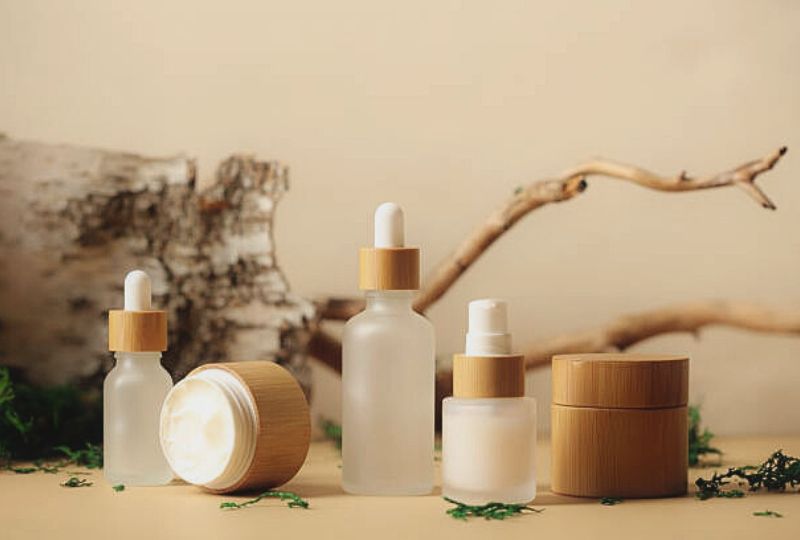Eco-friendly packaging is becoming more popular in the rapidly changing cosmetics industry. Sustainability is becoming a more important priority for brands in order to match customer ideals. This article explores 12 cutting-edge eco-friendly cosmetics packaging ideas for 2024, offering practical and creative solutions that are attractive to buyers who care about the environment.
Table of Contents
ToggleTop 12 Eco-Friendly Cosmetics Packaging Ideas | 2024
Here are the top 12 innovative Eco-Friendly Cosmetics Packaging Ideas in 2024:
1. Recycled Cardboard Packaging
2. Glass Containers
3. Biodegradable Plastics
4. Refillable Containers
5. Aluminum Packaging
6. Bamboo Packaging
7. Compostable Packaging
8. Plantable Packaging
9. Recycled Plastic
10. Minimalist Packaging
11. Paper-Based Tubes
12. Waterless Products
1. Recycled Cardboard Packaging
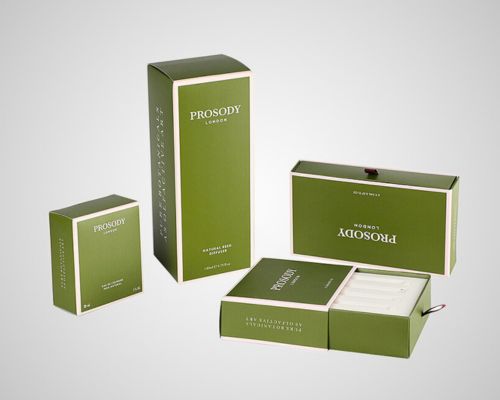
Using recycled cardboard is a simple yet effective way to reduce environmental impact. It is lightweight, biodegradable, and easily customizable with branding and design. Companies like PackPaa‘s Tuck Boxes offer customizable options perfect for this purpose.
2. Glass Containers
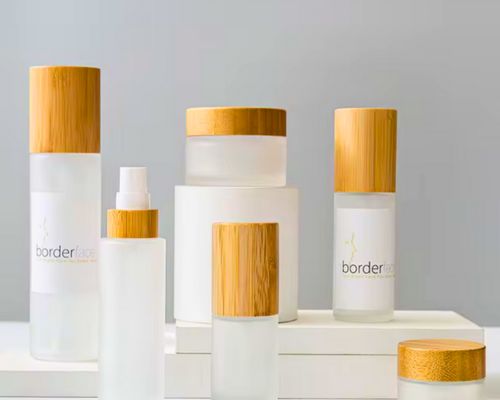
Glass is 100% recyclable and reusable, making it a sustainable option for cosmetics packaging. Unlike plastic, it doesn’t degrade after recycling, which means it can be reused indefinitely without loss of quality. Glass containers offer a premium feel and are perfect for high-end products such as perfumes, serums, and lotions. Additionally, glass can be paired with eco-friendly labels and closures to enhance sustainability further.
3. Biodegradable Plastics
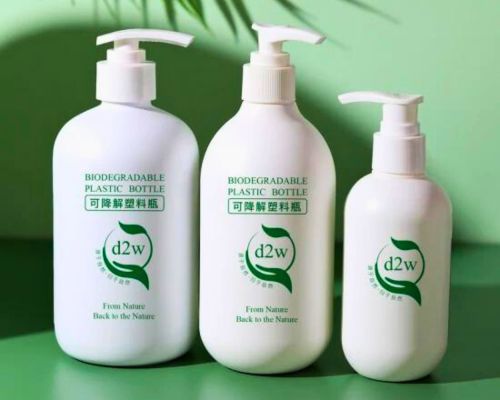
Biodegradable plastics are a more eco-friendly alternative to conventional plastics. These materials break down faster and are often derived from renewable sources like cornstarch or sugarcane. Using biodegradable plastics in cosmetics packaging helps reduce long-term environmental impact, especially for single-use items. For brands aiming to maintain the convenience of plastic while being more sustainable, this is a viable option.
4. Refillable Containers
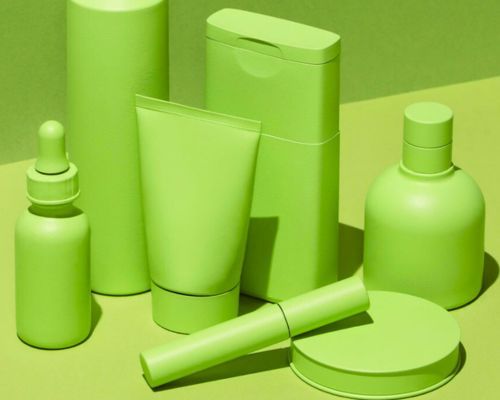
Encouraging customers to reuse their packaging by offering refillable options is an excellent way to reduce waste. Refillable containers can be made from durable materials like glass, metal, or high-quality plastic, designed to last for multiple uses. This approach not only minimizes waste but also builds brand loyalty, as customers return for refills.
Read More: What is The Meaning of Recycled Packaging?
5. Aluminum Packaging
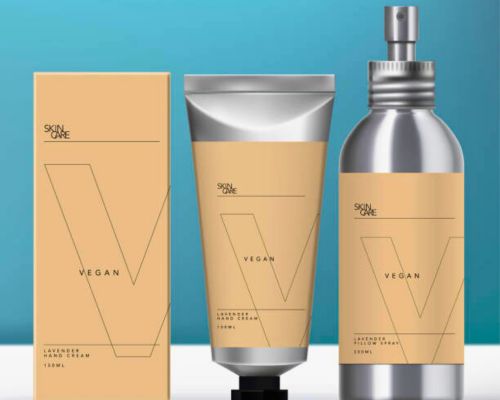
Aluminum is another highly sustainable packaging material due to its infinite recyclability. Unlike plastic, aluminum doesn’t degrade in quality after recycling. It’s also lightweight, durable, and provides excellent protection for products. Aluminum is particularly suitable for products like deodorants, lotions, and creams. PackPaa offers customizable aluminum packaging options that combine sustainability with a sleek design.
6. Bamboo Packaging
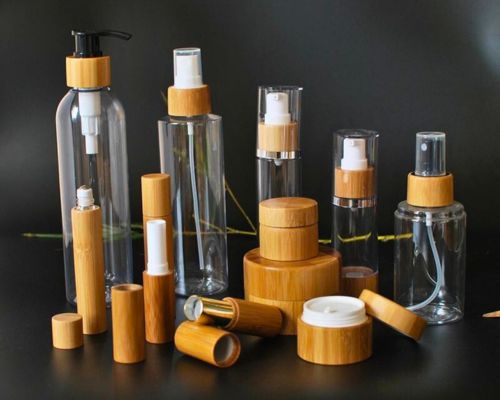
Bamboo is a rapidly renewable resource, making it a sustainable choice for cosmetics packaging. It’s biodegradable, sturdy, and offers a unique, natural look that appeals to eco-conscious consumers. Bamboo can be used for various packaging elements, such as lids, containers, and compacts. Combining bamboo with other sustainable materials like glass or recycled plastic can create a truly eco-friendly package.
7. Compostable Packaging
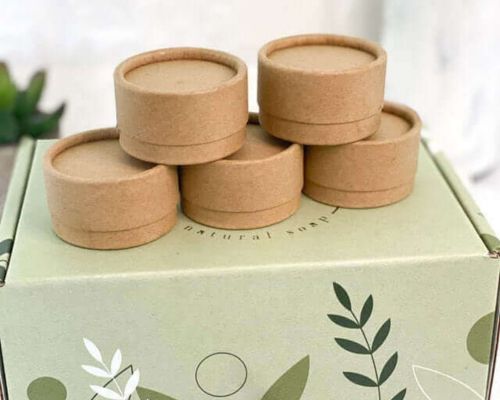
Compostable packaging materials, such as plant-based plastics or paper, break down completely in composting conditions, leaving no toxic residue. This type of packaging is ideal for single-use products like sheet masks, wipes, or sample sachets. Brands can also educate customers on how to compost these materials at home or via local composting facilities.
8. Plantable Packaging
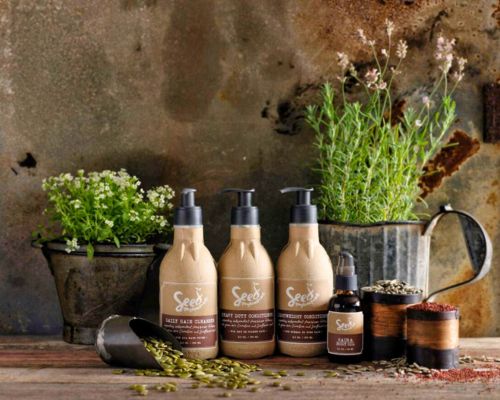
Plantable packaging is a creative and eco-friendly solution where the packaging can be planted after use to grow plants. Made from seed-infused paper or other biodegradable materials, this type of packaging can leave a lasting positive impact on the environment. It’s especially popular for product inserts, labels, or outer packaging.
Read More: How to Return a Package Back to Sender
9. Recycled Plastic
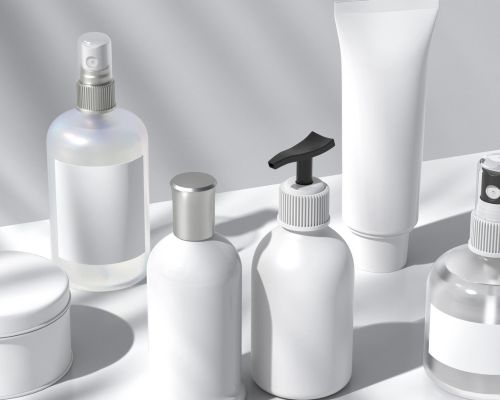
While reducing plastic use is essential, using recycled plastic can help mitigate its environmental impact. Post-consumer recycled (PCR) plastic reuses materials that would otherwise end up in landfills. Incorporating recycled plastic into packaging can reduce the need for new plastic production, lowering the carbon footprint of the packaging process.
10. Minimalist Packaging
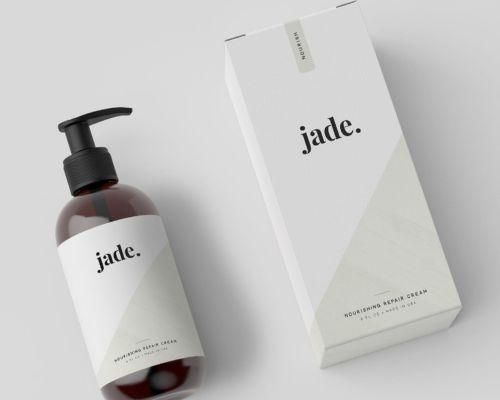
Minimalist packaging focuses on reducing the amount of material used in packaging. This can be achieved by designing smaller, lighter packages that still protect and present the product effectively. Minimalist designs often use fewer materials and are easier to recycle, making them a sustainable choice.
11. Paper-Based Tubes
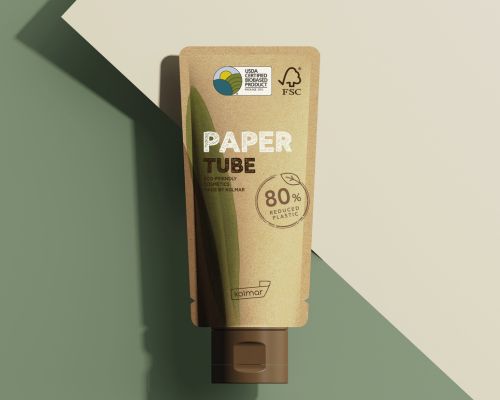
Paper-based tubes are an innovative alternative to plastic tubes used for products like lip balm, deodorant, or creams. These tubes are made primarily from paper, a renewable and biodegradable resource, and can be recycled or composted after use. They offer a rustic, eco-friendly look and are becoming increasingly popular among sustainable brands.
12. Waterless Products
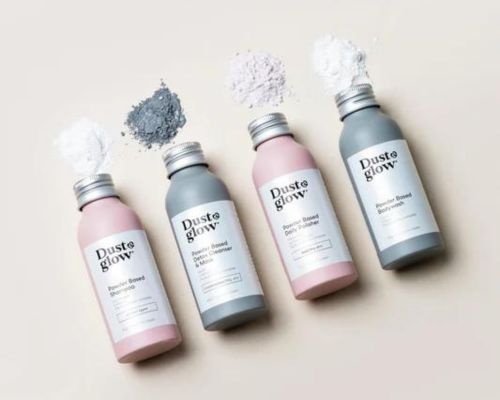
Waterless products are concentrated formulas that eliminate the need for water, reducing packaging needs and extending shelf life. These products, such as solid shampoos, bars, and powders, often require minimal packaging, which can be made from eco-friendly materials. This approach not only reduces the environmental impact of the packaging but also of the product itself.
Conclusion:
By implementing these eco-friendly cosmetics packaging ideas, brands can not only reduce their environmental impact but also attract a growing segment of eco-conscious consumers. Leveraging sustainable materials and designs, as showcased in this PackPaa guide, can help brands stay ahead in the competitive cosmetics industry.
Read Our Latest Guide:
FAQs:
Eco-friendly cosmetics packaging is designed to minimize environmental impact. It includes materials that are recyclable, biodegradable, or made from renewable resources.
Sustainable packaging reduces waste, lowers carbon footprints, and appeals to eco-conscious consumers, making it vital for brands committed to environmental responsibility.
Common materials include recycled cardboard, glass, aluminum, bamboo, biodegradable plastics, and plant-based materials.
Use eco-friendly packaging, offer refillable options, and minimize packaging materials. Partner with suppliers who prioritize sustainability.
Refillable containers are durable packaging that customers can reuse by refilling with the same product, reducing single-use packaging waste.
Yes, post-consumer recycled (PCR) plastic can be used, reducing the need for new plastic production and lowering environmental impact.
Biodegradable plastics break down naturally over time, reducing pollution and waste compared to traditional plastics.
Glass is 100% recyclable, reusable, and doesn’t degrade after recycling, making it a highly sustainable packaging option.
Bamboo is renewable, biodegradable, and offers a natural aesthetic, making it a popular choice for eco-friendly cosmetics packaging.
Minimalist packaging reduces material use by designing smaller, simpler packages that are easy to recycle, thus minimizing environmental impact.

Meet Mary K, the talented author behind PackPaa. With a passion for innovative packaging solutions, Mary shares insights and expertise to elevate your business.


